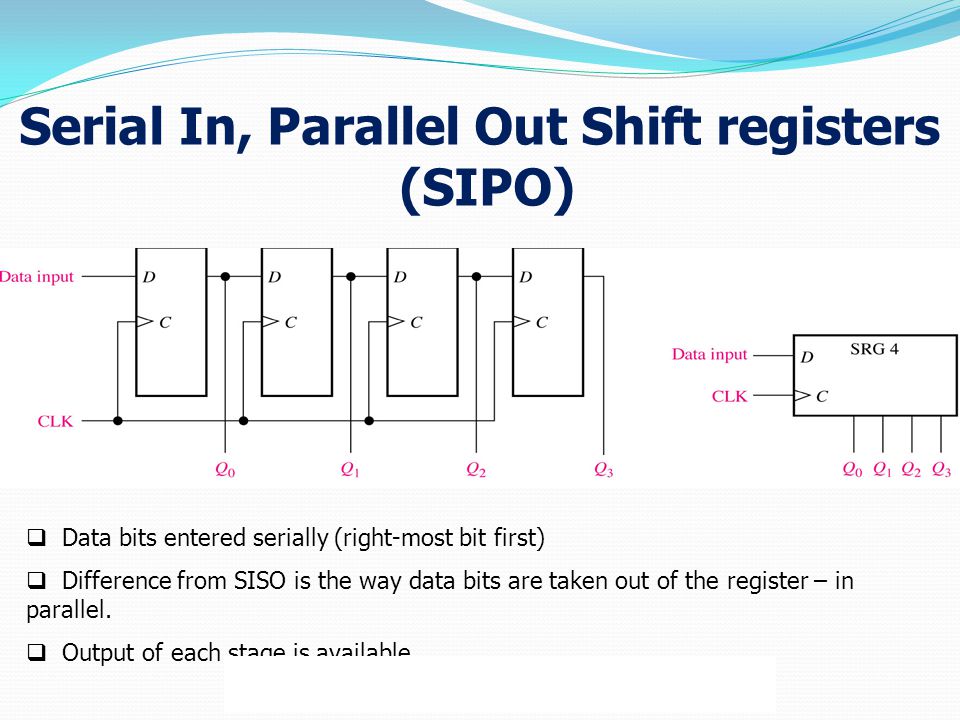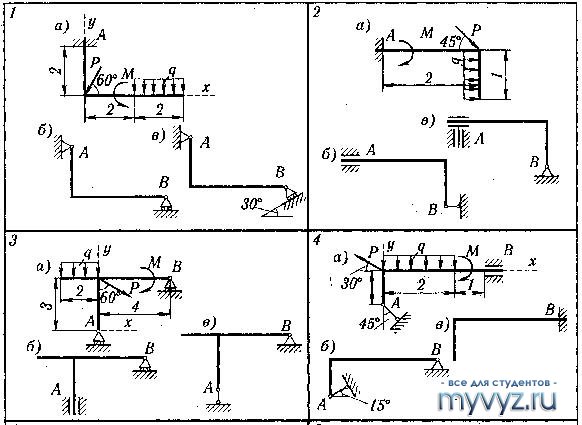Serial Input Paralel Output Sipo

Most Popular APA All Acronyms. SIPO - Serial Input Parallel Output.
Retrieved March 10, 2019, from Chicago All Acronyms. 'SIPO - Serial Input Parallel Output'. (accessed March 10, 2019). Harvard All Acronyms. SIPO - Serial Input Parallel Output, All Acronyms, viewed March 10, 2019, MLA All Acronyms.
View Homework Help - An 8-bit Serial-in Parallel-out (SIPO) shift register is. Two clock pulses, what data will the shift register contain if the serial input is HIGH? Jan 27, 2018 Serial in Parallel out shift register Watch more videos at Lecture By: Ms. Gowthami Swarna, Tutorials Point India Private.
'SIPO - Serial Input Parallel Output'. 10 March 2019. 10 March 2019. View Less Popular AMA All Acronyms.
SIPO - Serial Input Parallel Output. Published March 10, 2019. Accessed March 10, 2019. CSE All Acronyms.
SIPO - Serial Input Parallel Output [Internet]; Mar 10, 2019 [cited 2019 Mar 10]. Available from: MHRA 'SIPO - Serial Input Parallel Output', All Acronyms, 10 March 2019, [accessed 10 March 2019] Bluebook All Acronyms, SIPO - Serial Input Parallel Output (Mar. 10, 2019, 9:03 PM), available at CSE All Acronyms.
SIPO - Serial Input Parallel Output [Internet]; March 10, 2019 [cited 2019 MAR 10]. Available from: https://www.allacronyms.com/SIPO/Serial_Input_Parallel_Output.
 Immediately after payment you will receive a link to a zip-archive with the solution of the problem D4 Var.16 on the theoretical mechanics of Reshebnik Targ SM 1983 for part-time students. Targ.io Battle Royale is the super fun battle royal game in which you are competing against other online players in a game that will test your abilities to react and think quickly. You will start with a small petri dish, you must quickly absorb other smaller cells around the map to grow your size. Solution K2 Var. 84, reshebnik termehu Targ SM 1982. In Favorites. Meeting the challenge of K2 Option 84 Reshebnik on theoretical mechanics to Taskbook Targ SM 1982. Write something about yourself. No need to be fancy, just an overview. No Archives Categories.
Immediately after payment you will receive a link to a zip-archive with the solution of the problem D4 Var.16 on the theoretical mechanics of Reshebnik Targ SM 1983 for part-time students. Targ.io Battle Royale is the super fun battle royal game in which you are competing against other online players in a game that will test your abilities to react and think quickly. You will start with a small petri dish, you must quickly absorb other smaller cells around the map to grow your size. Solution K2 Var. 84, reshebnik termehu Targ SM 1982. In Favorites. Meeting the challenge of K2 Option 84 Reshebnik on theoretical mechanics to Taskbook Targ SM 1982. Write something about yourself. No need to be fancy, just an overview. No Archives Categories.
In electronics, a collection of flip-flops, which are memory elements, is known as a register. Shift registers are special types of registers. Using shift registers we can shift data through a series of flip-flops. In brief, shift registers are sequential logic circuits, where a series of flip-flops are connected together in a daisy chain configuration to shift digital data from one flip-flop to another with every clock cycle. Shift registers are built using D flip-flops. If we connect four flip-flops in the configuration of a shift register, we get a 4-bit shift register.
Generally, 8-bit (1 byte) shift registers are common. However, in this post, we will take a look at the different types of shift registers using only 4-bits or four flip-flops. How do shift registers move data? We can feed and extract data to and from a shift register in two ways.
• Serially: Data enters the cascade of flip-flops in a stream. Each bit passes through the cascade in a line. We get the data output at the last flip-flop. The output is in the same order as the input. • Parallel: Each flip-flop can have its own input.
This particular setting of giving input is known as parallel input. Similarly, each flip-flop can have its own output too. This is parallel output. So we have two ways in which data can ‘flow’ through a shift register. We can classify shift registers depending on these two data flow methods. Doing that, we get four main configurations. The types of inputs and outputs of these four categories are evident from their names.
• Serial In Serial Out shift register • Serial In Parallel Out shift register • Parallel In Parallel Out shift register • Parallel In Serial Out shift register So to quickly summarize a few things. Shift registers are a series of flip-flops connected together through which data shifts. They have four main types. The difference between these four types lies in the way we input and output data to/from them. Apart from inputs and outputs, shift registers also have a clock input and a reset signal. The reset signal clears the contents of all the flip-flops.